Bomb-filled 'doomsday wreck' STILL threatens tsunami in Thames as deadline for action missed AGAIN
SS Richard Montgomery safety project delayed again as government urged to 'come clean' about WW2 wreck.
“IT’S time to come clean” about a bomb-filled “doomsday wreck” which threatens to unleash a tsunami in the Thames, after safety work was delayed yet again.
The SS Richard Montgomery sank in the Thames Estuary near Sheerness, Kent, in August 1944, dragging some 1,400 tons of explosives to the bottom.
Her masts still loom above the water, and plans were announced to remove them in 2020, lest they collapse on to the wreck and trigger the bombs.
But the project was repeatedly delayed before it was announced last April that the work would finally be completed within a year.
Now, as yet another deadline passes without action, the government has been urged to “come clean” about the reason why.
Southend councillor Stephen Aylen, whose constituency is just eight miles from the wreck, said: “Why haven’t they removed them? That’s the first question we have to ask.
“What I would think was: that they haven’t taken them off because there’s some issue there that’s being kept quiet.
“Is there something on the wreck that they don’t want revealed?
“What’s on there? What is actually on that boat? It’s time to come clean.”
Mr Aylen, an independent who’s sat on Southend’s council for nearly 30 years, has previously suggested that the wreck could carry another “far more sinister” cargo – mustard gas.
He cited the example of another Liberty Ship, the SS John Harvey, which was carrying a secret shipment of the killer gas when it was sunk off Bari, Italy, in December 1943.
The deadly cargo escaped, killing dozens, with hundreds more injured.
Mr Aylen asked: “Is there something very serious on there?
RELATED ARTICLES
Could bomb-laden ‘Doomsday wreck’ unleash POISON GAS?
Action on 'Doomsday wreck' urged NOW as experts warn bombs WILL escape collapsing ship
Explosive-laden ‘Doomsday wreck’ that threatens Thames tsunami is COLLAPSING new survey reveals
“The public need to know: there needs to be some honesty as to what is actually going to happen with this ship.”
A 1970 report from the Royal Military College of Science predicted what would happen if the whole explosive cache detonated at once.
It would unleash a column of water and debris 3,000 metres high, and a five-metre tsunami, engulfing nearby Sheerness, the report said.
Experts fear that the masts, which lurk in one of the world’s busiest waterways, are vulnerable to an accidental collision.
Speaking last year, David Alexander, Professor of Emergency Planning and Management at University College London, said this was “the biggest risk”.
He said: “The exclusion zone is 200 metres from a major shipping lane through which large container ships pass and, much more seriously, liquefied natural gas ships.”
He cited the example of the Mare Altum, a Danish-flagged chemical tanker that was on a collision course with the wreck when it was diverted with only minutes to spare.
It was one of two near-misses within a single week in May 1980, coming just days after the British-registered MV Fletching came within 15 metres of the wreck.
Mr Aylen was similarly concerned.
He said: “We saw the container ship that hit that bridge in America and that sends us alarm bells.
“If that can happen with a bridge that’s been there for years, why can’t a ship sail into a few masts that are sticking up?
“Especially with these huge container ships coming down the Thames.
“We’ve had boats go into the pier!”
Daniel Cowan, leader of Southend’s Labour-led council, said he was unaware of any reason for the delay.
He said: “I haven’t heard anything directly, but broadly speaking we’re keen to see the work done and for the estuary to be made safe.”
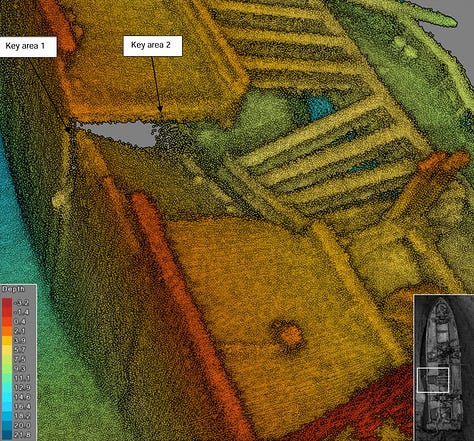
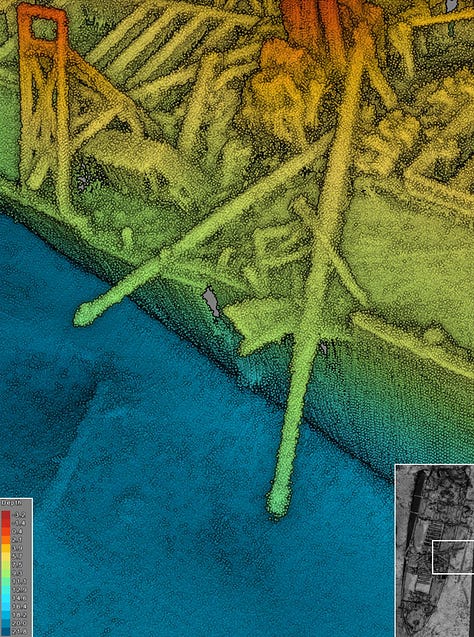
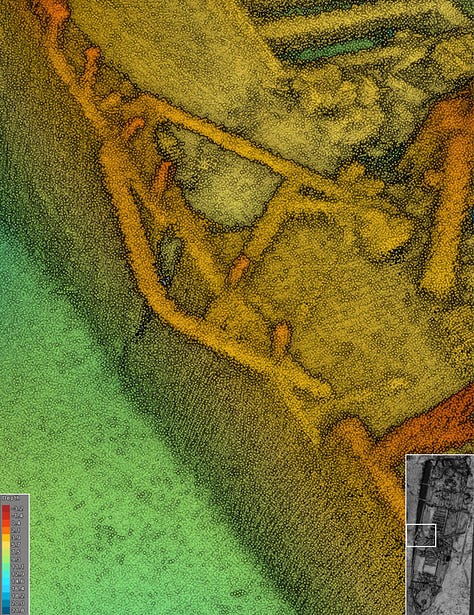
A surveblished last yeound signs of recent collapse in the ship.
Now it seems safety work will be delayed for another year.
The Department for Transport, the responsible ministry, said the wreck would be further surveyed, and a plan would be worked out with an approved contractor to remove the masts.
The ministry anticipated this would be done within a year, but said it aimed to remove the masts as soon as possible.
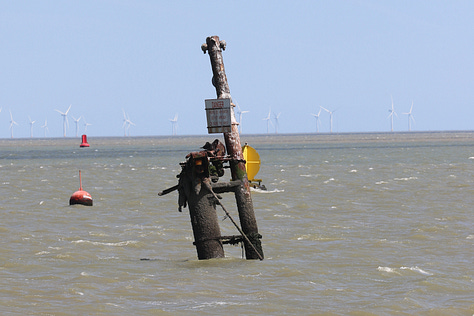
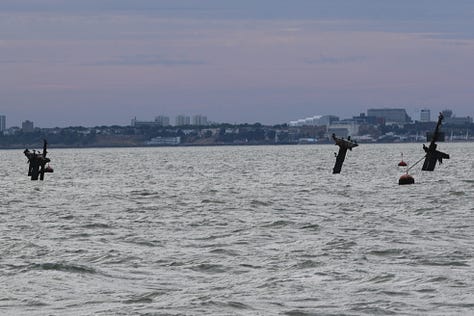
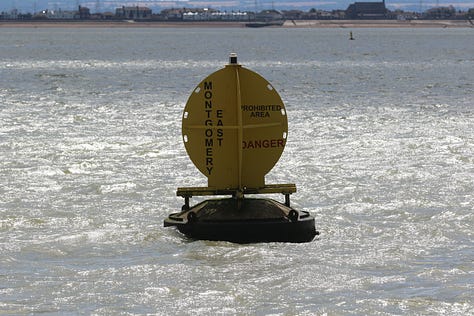
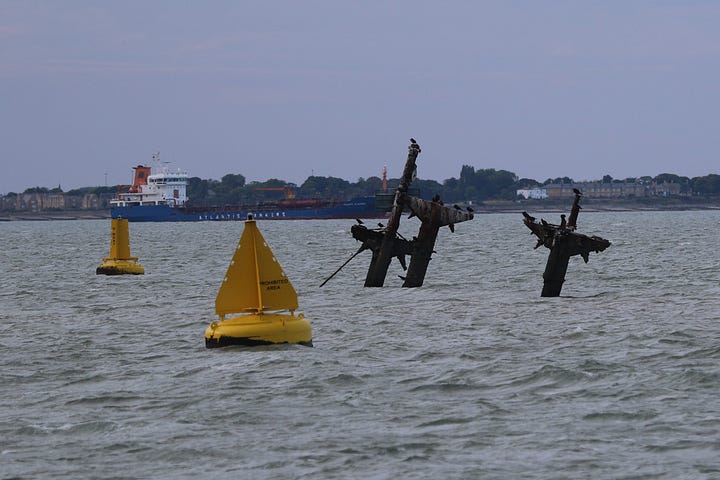
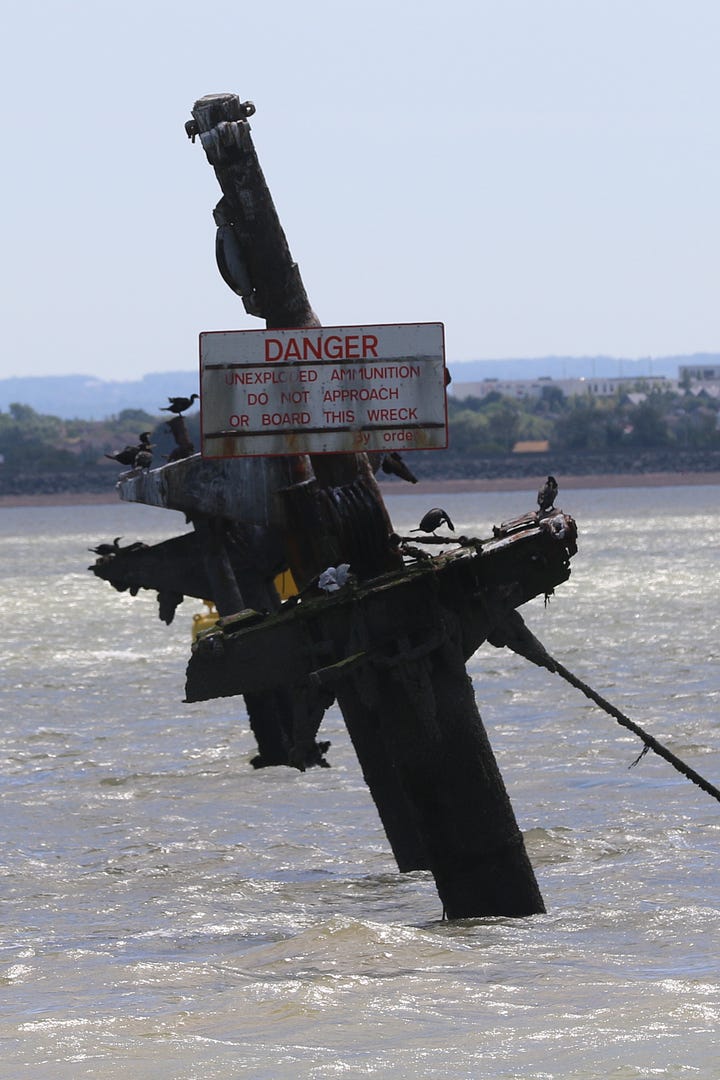
A spokesperson said: “Our priority will always be to ensure the safety of the public and reduce any risk posed by the SS Richard Montgomery.
“Experts are carrying out vital preparatory work to support any physical interactions with the wreck.
“We continue to monitor the site 24 hours a day and undertake detailed surveys to assess the wreck’s condition.”
The ministry has previously said “there has never been any evidence” to suggest mustard gas was present on the wreck.










